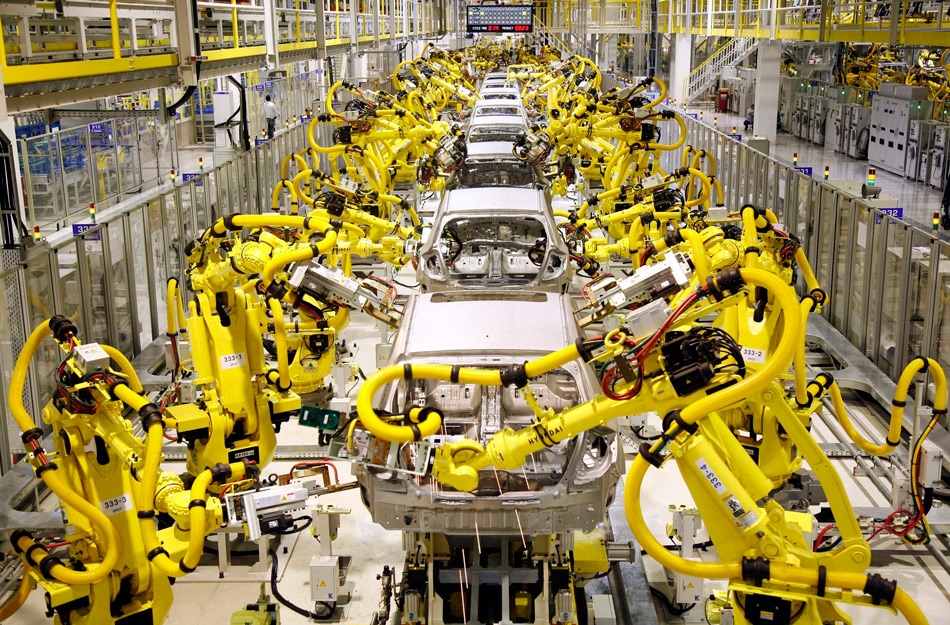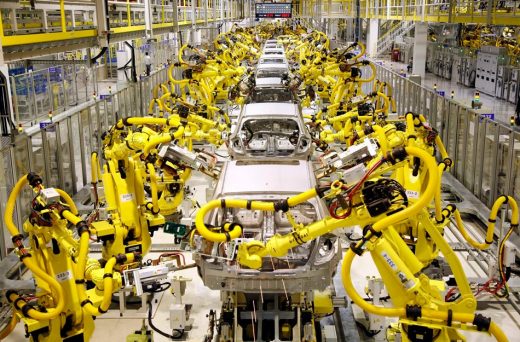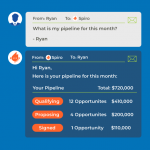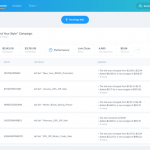Why industrials should Be thinking at least a bit about AI
Why industrials should be thinking at least a bit about AI

It seems like everyone is talking about artificial intelligence (AI) and machine learning these days. Large, multinational industrials are embracing AI in an effort to make machines smarter, so they can compete effectively in the digital Industrial Revolution that’s well underway. Witness the 2016 article in the MIT Sloan Management Review focusing on how GE is making major investments in AI and industrial analytics to help drive its digital transformation. But even small and mid-size industrials and manufacturing enterprises should be thinking about AI…at least a little bit.
After all, if you aren’t thinking about machine learning and AI, why are you collecting all that data from production systems? In many cases, enterprises are collecting more data than they can consume. Data analytics is not an end in itself; it must be used to drive something. And that’s where AI will play a crucial and expanding role.
Certainly, machine learning can play a valuable role in combing through those mountains of Big Data to identify important patterns and cull out valuable insights for business transformation. But that’s just part of the story. The real value comes from using AI to leverage those insights to actually make something happen—autonomously, possibly in real time.
That could mean a production line schedule automatically modifying itself due to changes in resource availability—and managing that change across the entire supply chain to avoid interruptions or conflicts. As global supply chains become increasingly complex, this AI-driven intelligence will play a crucial role in helping businesses compete effectively in the “on demand/just in time” economy.
See Also: In an AI-powered world, what are potential jobs of the future?
Big v. Little AI
Sound ambitious? Let’s bring it back to earth. I think there is actually “Big AI” and “Little AI.” Big AI is using artificial intelligence and massive amounts of data, often in the cloud, to solve really complex problems at scale, across multiple lines of business. That’s what global giants like GE are up to. Little AI is focused on tackling “micro problems”—like figuring out how to optimize a single production line while minimizing the need for human interaction. Little AI may be better handled on premise, close to the operational systems being automated. Think real-time, edge-based analytics on highly available systems driving intelligent automation.
Of course, the first step toward any effective use of AI is getting your infrastructure up to speed. That often means upgrading your networking to allow the flow of information and the systems processing things at the edge. Only then does it make sense to deploy sensors to gather data and analytics to make sense of it all. Finally, that progression may lead to hiring data scientists to optimize your environment to reap the full advantages of AI.
Many industrials are just at the beginning of that progression. But given the pace of digital transformation in industries as diverse as energy, transportation, manufacturing, and telecom, thinking about AI in the context of your business—even just a little bit—makes a lot of sense.
The post Why industrials should Be thinking at least a bit about AI appeared first on ReadWrite.
(45)













